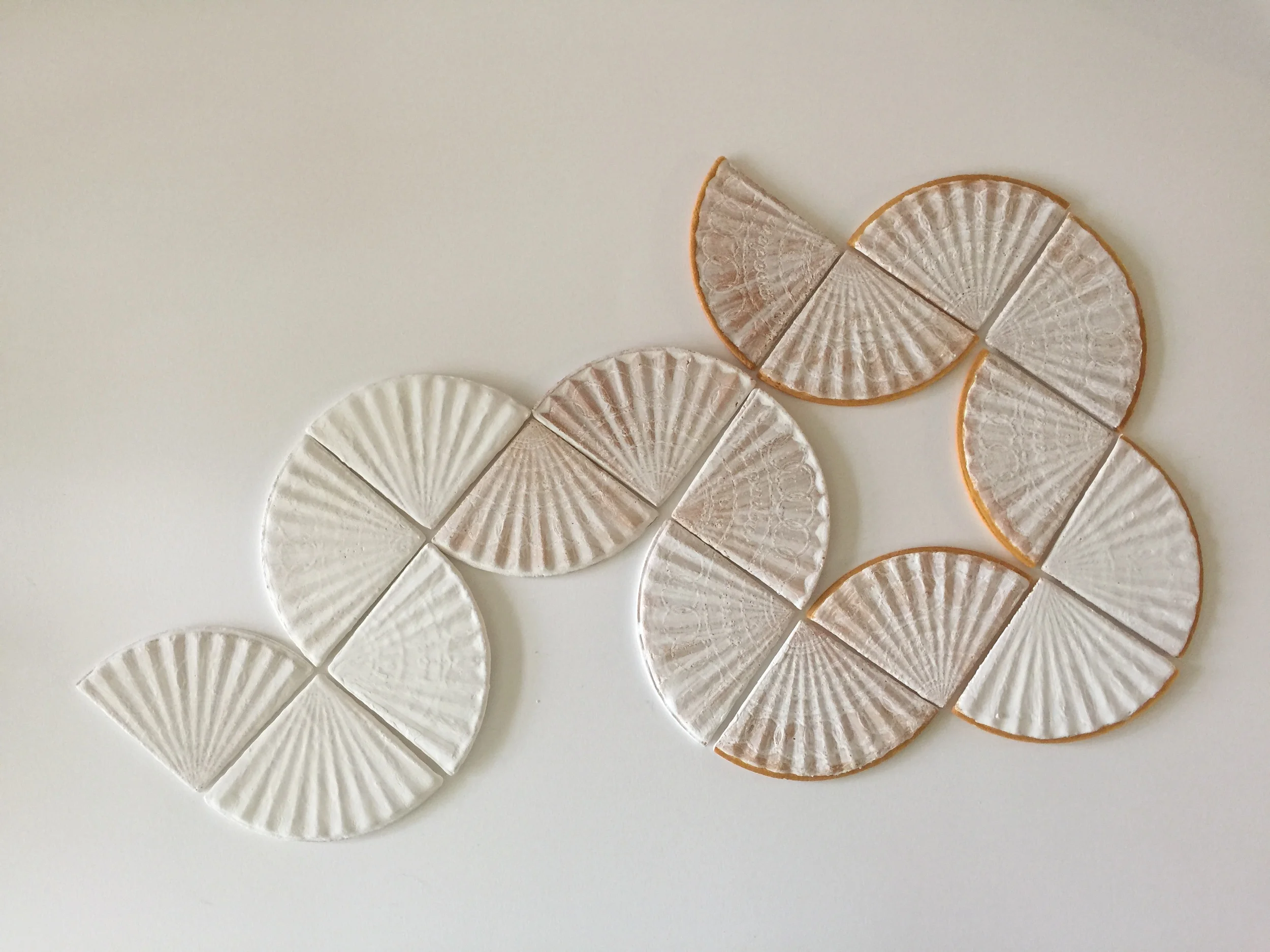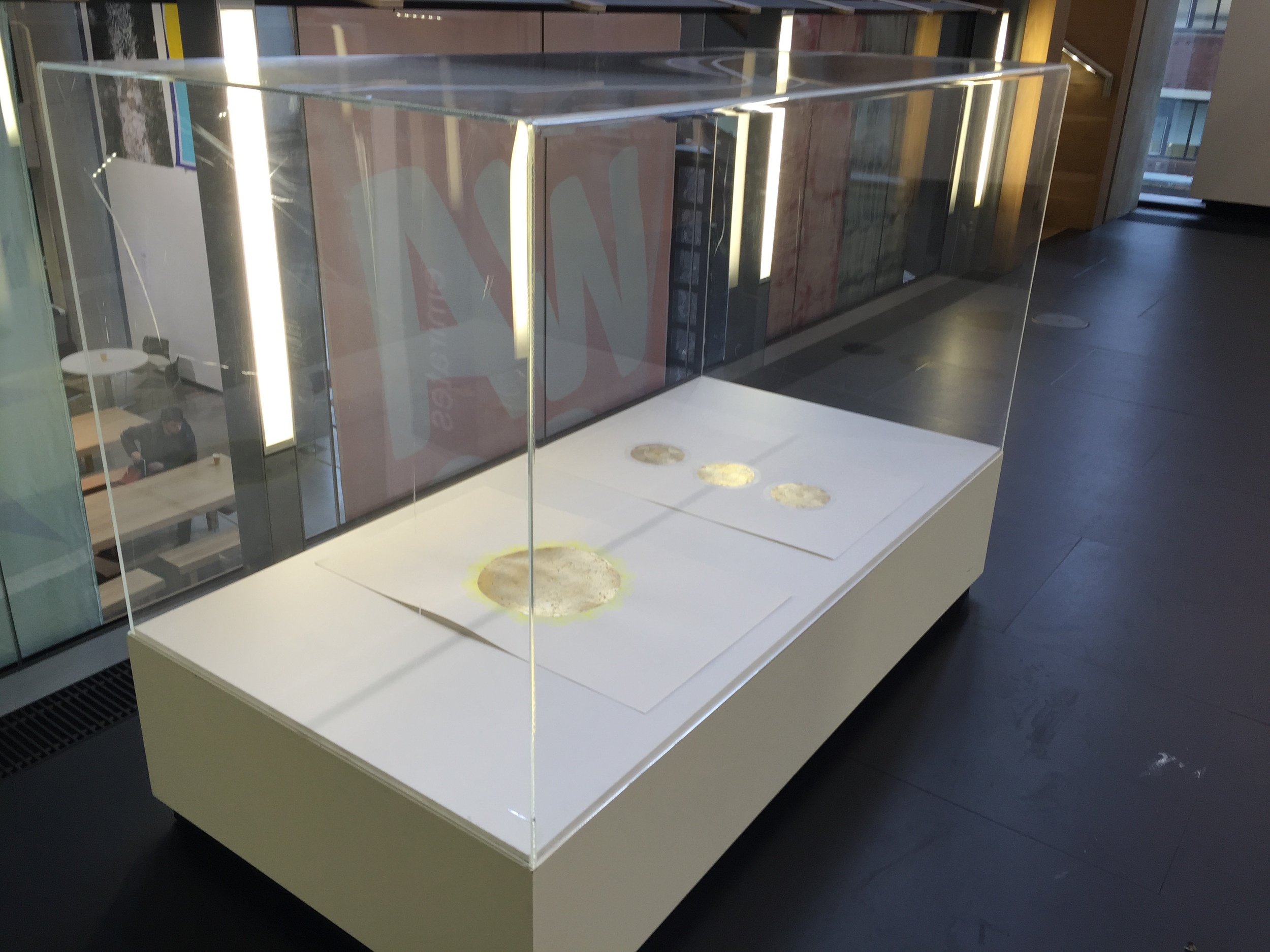Compression Culture
/Vertical Gallery, Manchester School of Art.
November - Jan 2016
Group show curated by Jacqueline Butler, Chris Paul Daniels, Toby Heyes and David Penny.
Halliwell's contribution to Compression Culture included two drawings from the Gilt-y series, a new body of works that explore and exploit the use of gold leaf. These small works on paper concentrate the image and demand that the viewer gets up close and examines the detail, the indentations and the subtle variations of the surface.
The curators state how, "according to Wikipedia, compression reduces bits by identifying unnecessary information and removing it. The uncompressed brings forth thoughts on the weight, breadth and depth of an experience. Colour, tone and detail achieve their full and intended potential. Though the uncompressed is also heavy, it cannot be moved around so easily. On the other hand, the reduced size and lightness of the compressed makes space for more. To squash, pinch, clip or cut-off allows room for the multiple and the many.
The work in the exhibition ranges from film and video, to sound and photography, and 3D print. In terms of scale hanging of the exhibition the emphasis was placed on curating works in a discrete and almost furtive manner. Rather than attempting to compete with the extensive scale of the gallery walls and walkways, the aim is to focus on the exhibition theme, emphasising the small, and compressed works...."
For Compression Culture the drawings were exhibited horizontally in a perspex display case, questioning where the surface of the work starts and ends; the viewers ability to 'get up close' to the work is disrupted by the layer of perspex, a surface which displays its own idiosyncrasies including finger prints and scratches. Yet perhaps the forced separation adds to the desire of the work? Bent Larsen (Re-visiting the Surface conference, Munch Museum,Oslo 2015) argues how distance is needed to fully experience an artwork and that this separation is part of the works attraction, part of its eroticism.




